The journey into the efficacy of ancient botanical hair remedies, viewed through the lens of modern science, is a path marked by curiosity and respect. It beckons us to consider the wisdom passed down through generations, often dismissed as mere folklore, yet now, with growing scientific interest, revealing its true depths. For textured hair, this exploration holds particular significance, as traditional practices have long celebrated the vitality and strength derived from the earth’s offerings. This is not a simple tale of old versus new; rather, it is an invitation to witness a beautiful conversation between ancestral knowledge and contemporary understanding, a dialogue that promises to illuminate new avenues for genuine hair wellness.

Roots
The quiet hum of tradition often carries profound insights, especially when it concerns something as deeply personal as hair. For generations, before the advent of laboratory-created compounds, people across continents turned to the bounty of the earth for their hair care needs. These practices, rooted in intimate observations of nature and passed down through oral histories, formed the foundational knowledge of botanical remedies.
The question that gently arises today is whether the meticulous eye of modern science can indeed confirm the subtle yet potent power held within these ancient preparations. This inquiry does not seek to dismantle cherished traditions, but rather to shed a light on their mechanisms, to truly appreciate the sophisticated chemistry at play, long before such terms existed.

Ancestral Wisdom and Hair Physiology
Across diverse cultures, the health of one’s hair was seen as a reflection of overall well-being, a barometer of internal harmony. Ancient Egyptians, for example, documented hair loss remedies in texts like the Ebers Papyrus, dating back to 1550 B.C. suggesting mixtures that, while perhaps unsettling to a modern ear (like fats from various animals), underscore a persistent quest for hair vitality. Similarly, Ayurvedic texts, such as the Charaka Samhita and Sushruta Samhita, prescribed herbs and oils for their medicinal benefits, aiming to balance the body’s energies for optimal hair health.
From a scientific standpoint, hair, regardless of its texture, undergoes a cyclical process of growth, regression, rest, and shedding. This cycle, comprising the anagen (growth), catagen (regression), telogen (rest), and exogen (shedding) phases, is influenced by a complex interplay of genetic, hormonal, and environmental factors. Traditional remedies, often intuitively, seemed to support various aspects of this cycle.
For instance, ingredients that cleansed the scalp without stripping its natural oils would foster a healthy environment for follicles, akin to a well-tended garden bed. Others, rich in specific compounds, might have subtly extended the growth phase or mitigated stressors that trigger premature shedding.
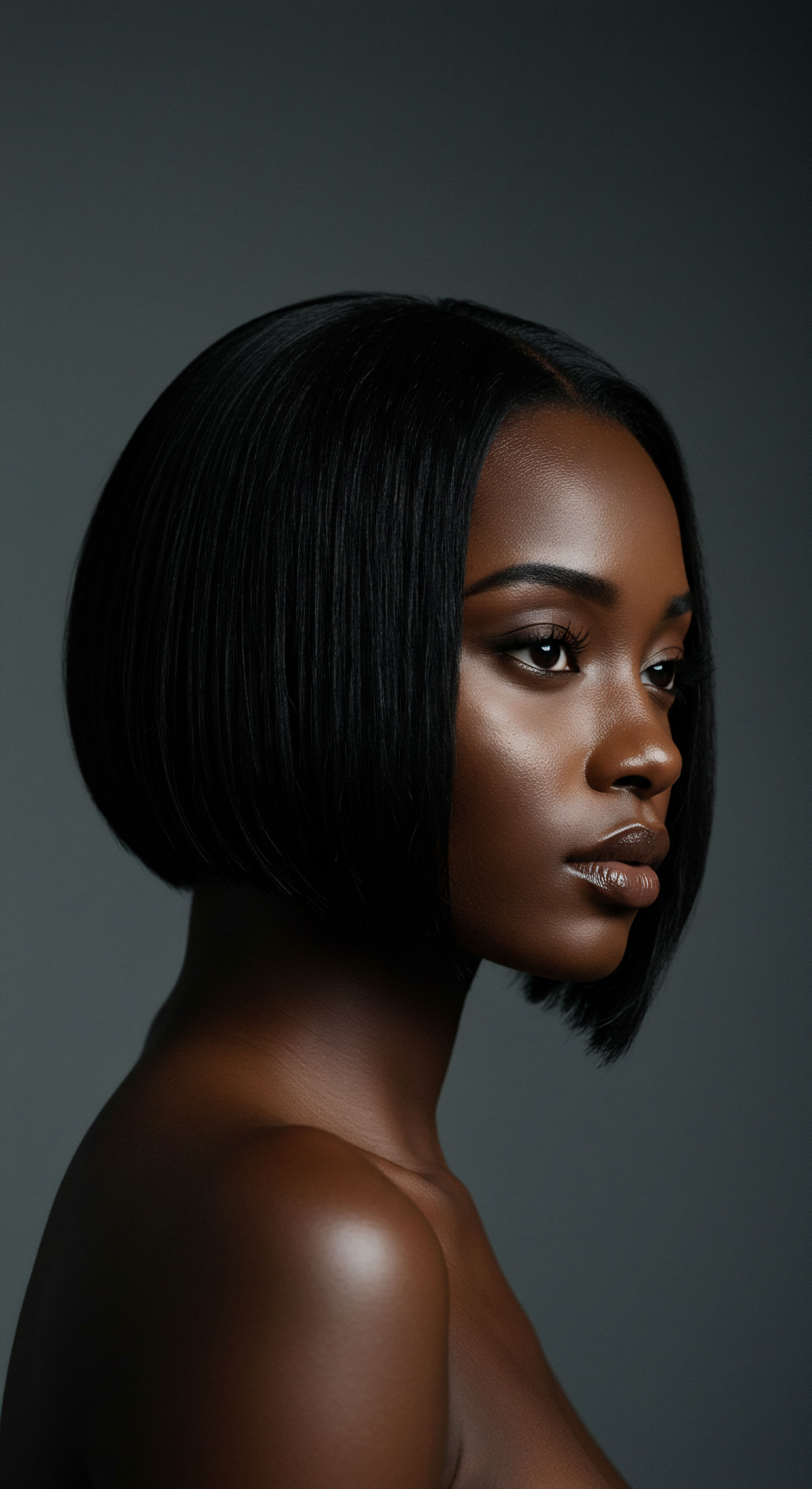
The Language of Botanicals in Hair Care
When we consider the language used to describe textured hair today, we speak of porosity, elasticity, and curl patterns. Ancient practitioners, though without this precise vocabulary, understood these characteristics through direct observation and experiential knowledge. They knew which plants offered slip for detangling, which provided strength against breakage, and which soothed an irritated scalp.
The very act of preparing these remedies—grinding leaves, infusing oils, steeping barks—was a form of botanical alchemy, extracting compounds that would interact with the hair and scalp. This deep, practical understanding, often encoded in ritual, now finds echoes in the modern scientific pursuit of identifying active phytochemicals.
The quiet power of traditional hair care practices, passed through generations, holds secrets now gently unveiled by modern scientific inquiry.
The transition from anecdotal evidence to scientific validation often involves isolating active compounds and studying their effects at a cellular or molecular level. For instance, many traditional hair care plants contain a variety of beneficial compounds:
- Polyphenols ❉ These antioxidants protect cells from damage.
- Flavonoids ❉ Known for their anti-inflammatory properties.
- Terpenoids ❉ Often contribute to scent and possess various biological activities.
- Saponins ❉ Natural surfactants that provide cleansing properties.
These constituents, present in plants like Amla (Emblica officinalis) and Neem (Azadirachta indica), traditionally used in Ayurvedic preparations, are now being investigated for their roles in stimulating hair growth, reducing hair fall, and addressing scalp conditions. The historical record, while not a scientific paper, points us towards botanicals that warrant deeper investigation, bridging the gap between ancient wisdom and contemporary understanding.
Consider the humble Aloe Vera, a plant whose use for various applications, including hair care, dates back 6,000 years to Ancient Egypt. Modern studies affirm its soothing effect on the skin, which can alleviate certain scalp conditions. This continuity of use, spanning millennia and cultures, speaks volumes about its enduring perceived efficacy, now increasingly supported by scientific findings.
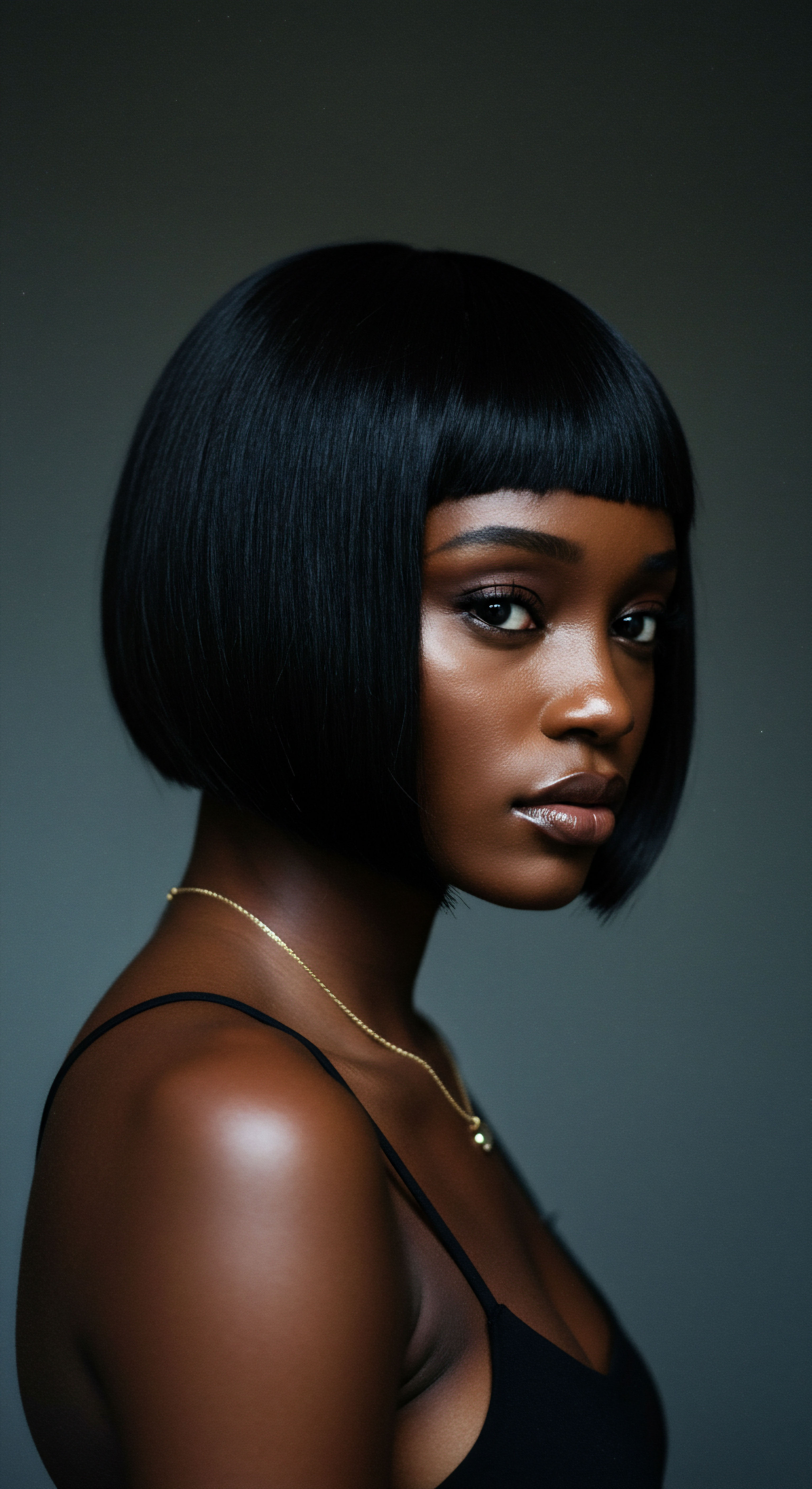
Ritual
To move from the fundamental knowledge of botanical properties to their applied wisdom is to step into the realm of ritual—the repeated, intentional acts that transform raw ingredients into nurturing practices. For those with textured hair, these rituals are often more than mere routines; they are acts of self-care, cultural connection, and deep reverence for the hair’s unique character. How then, does the methodical rigor of modern science approach these long-standing practices, often imbued with a gentle, almost sacred quality? This section considers the bridge between ancient ritual and contemporary validation, looking at how the precise tools of today’s research can shed light on the tangible benefits of these time-honored applications.
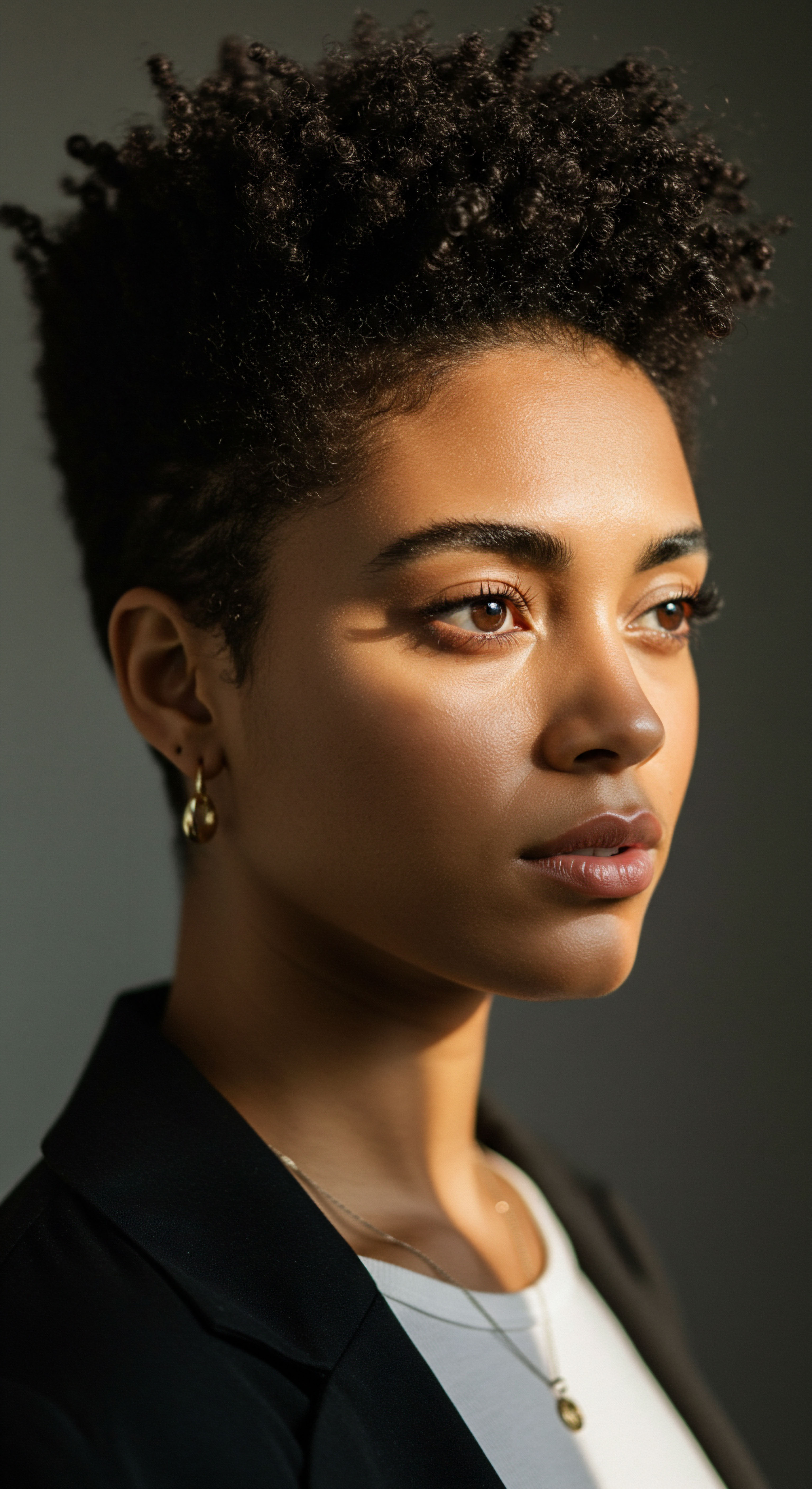
Daily Practices and Scientific Scrutiny
The application of botanical remedies in ancient traditions was rarely a one-time event; it was often a consistent practice, woven into daily or weekly life. Think of the consistent oiling of strands with mixtures containing coconut oil or amla, practices common in various cultures. Modern science, through repeated trials and observations, mirrors this consistency in its methodology, seeking to replicate conditions and measure outcomes over time. The concept of “regimen” in contemporary hair care, advocating for regular, tailored approaches, finds a quiet echo in these ancient rituals.
Many traditional applications involved massaging oils into the scalp, a practice believed to stimulate growth and improve scalp health. Modern research supports the idea that improved blood circulation to the scalp can indeed contribute to healthier hair follicles. When botanical extracts are applied topically, their active compounds can interact with the scalp and hair follicles, potentially influencing various biological pathways. For instance, studies on rosemary oil suggest it stimulates blood circulation and may even inhibit DHT, a hormone linked to hair loss.

Can Traditional Application Methods Boost Botanical Efficacy?
The methods of preparing and applying ancient remedies varied greatly. Some involved simple infusions, others more complex macerations or decoctions. Could these traditional preparation methods themselves, beyond just the ingredients, play a role in the efficacy of the botanical?
While modern cosmetic science often seeks to extract isolated compounds for maximum potency, traditional methods might retain a broader spectrum of phytochemicals, potentially leading to synergistic effects. For example, the combination of henna and Shikakai extracts was found to be effective in controlling dandruff, likely due to their combined, or synergistic, activity.
| Botanical Ingredient Amla (Emblica officinalis) |
| Traditional Use Hair growth, shine, anti-graying |
| Proposed Scientific Mechanism Antioxidant activity, strengthens follicles, reduces hair fall. |
| Botanical Ingredient Neem (Azadirachta indica) |
| Traditional Use Scalp conditions, anti-dandruff |
| Proposed Scientific Mechanism Antimicrobial, anti-inflammatory properties. |
| Botanical Ingredient Rosemary Oil |
| Traditional Use Hair growth, scalp health |
| Proposed Scientific Mechanism Stimulates blood circulation, may inhibit DHT. |
| Botanical Ingredient Hibiscus (Hibiscus rosa-sinensis) |
| Traditional Use Hair growth, anti-greying |
| Proposed Scientific Mechanism Promotes hair growth, increases follicle size. |
| Botanical Ingredient Saw Palmetto |
| Traditional Use Hair loss prevention |
| Proposed Scientific Mechanism May block 5-alpha reductase, an enzyme linked to hair loss. |
| Botanical Ingredient This table illustrates how some traditionally used botanicals are being studied for specific biological actions. |
The question of how traditional application methods might affect absorption and efficacy is an interesting area for future scientific inquiry. The warmth from a hot oil treatment, for example, could potentially enhance penetration of active compounds into the scalp and hair shaft. The gentle friction of a scalp massage, a common component of many ancient rituals, certainly boosts localized circulation. These subtle elements of ritual, though not always quantifiable in a lab, contribute to the overall experience and may augment the biological effects of the botanicals themselves.
The quiet consistency of ancient hair rituals finds a parallel in scientific inquiry, where repeated observations unveil the tangible benefits of time-honored practices.
The practice of using botanical “hair rinses” for luster and shine, as documented among the Blackfeet and Gros Ventre using sweetgrass, points to a long-standing understanding of how certain plant compounds can interact with the hair’s surface. While not explicitly detailing mechanisms, these traditions reveal a practical knowledge of hair aesthetics and health, now being investigated by cosmetic chemists seeking natural alternatives to synthetic conditioners and shine serums. The pursuit of “natural” ingredients in modern hair products is a testament to this enduring appeal of botanicals, often driven by consumer demand for products perceived as milder and less disruptive to the hair and scalp’s natural balance.

Relay
To truly appreciate the deep resonance of ancient botanical hair remedies, we must step beyond surface-level observations and into a sophisticated interplay of science, culture, and context. How can the precise instruments of modern research untangle the intricate mechanisms behind centuries of anecdotal success, particularly when considering the diverse genetic and environmental landscapes of textured hair? This section seeks to provide a profound understanding, supported by data and scholarly research, of how contemporary science is not simply validating, but actively building upon, the wisdom of the past, offering a bridge to a more informed future for textured hair care.

Unearthing Mechanisms Behind Ancient Efficacy
The journey to validate ancient botanical remedies often begins with identifying the active phytochemicals within these plants and then tracing their interactions with biological pathways relevant to hair health. Modern scientific studies have indeed begun to isolate compounds and observe their effects in controlled environments, from in vitro cell cultures to in vivo animal models, and increasingly, in human clinical trials.
For instance, researchers are studying how plant extracts influence the hair growth cycle. The anagen phase, the active growth period, is a key target. Certain plant extracts have shown potential to prolong this phase, while reducing oxidative stress, inflammation, and cellular aging, all factors that can contribute to hair loss. The scientific community is also looking at how botanicals might modulate specific signaling pathways within hair follicles, such as the Wnt/β-catenin pathway, which is critical for hair follicle development and regeneration.
Consider the widespread use of Polygonum Multiflorum, often called Fo-Ti, in Traditional Chinese Medicine for hair growth and darkening. Clinical studies have shown significant improvements in hair quality and density for individuals using extracts of this plant. One study, for example, revealed that after taking Polygonum multiflorum for three and six months, 97% of participants with hair loss saw significant improvement, and 77% of women reported “thicker hair.” This kind of real-world data, collected under controlled conditions, provides tangible evidence for traditional claims.
A particularly intriguing and perhaps controversial area of modern research connects hair loss with broader metabolic health. Emerging evidence suggests that androgenetic alopecia, a common form of hair loss, may involve problems with glucose metabolism in the scalp tissue. In a global review of literature, it was found that 44% of traditional plants used specifically for androgenetic alopecia also have ethnobotanical records for diabetes treatment.
This unexpected correlation hints at a deeper, systemic connection between overall metabolic health and hair vitality, suggesting that some ancient remedies might have been addressing underlying systemic imbalances rather than just localized hair concerns. This multi-system approach aligns with holistic views often found in traditional medicine systems like Ayurveda, which emphasizes the balance of the body’s energies (doshas) for hair health, linking hair issues to internal imbalances like an aggravated Pitta dosha.
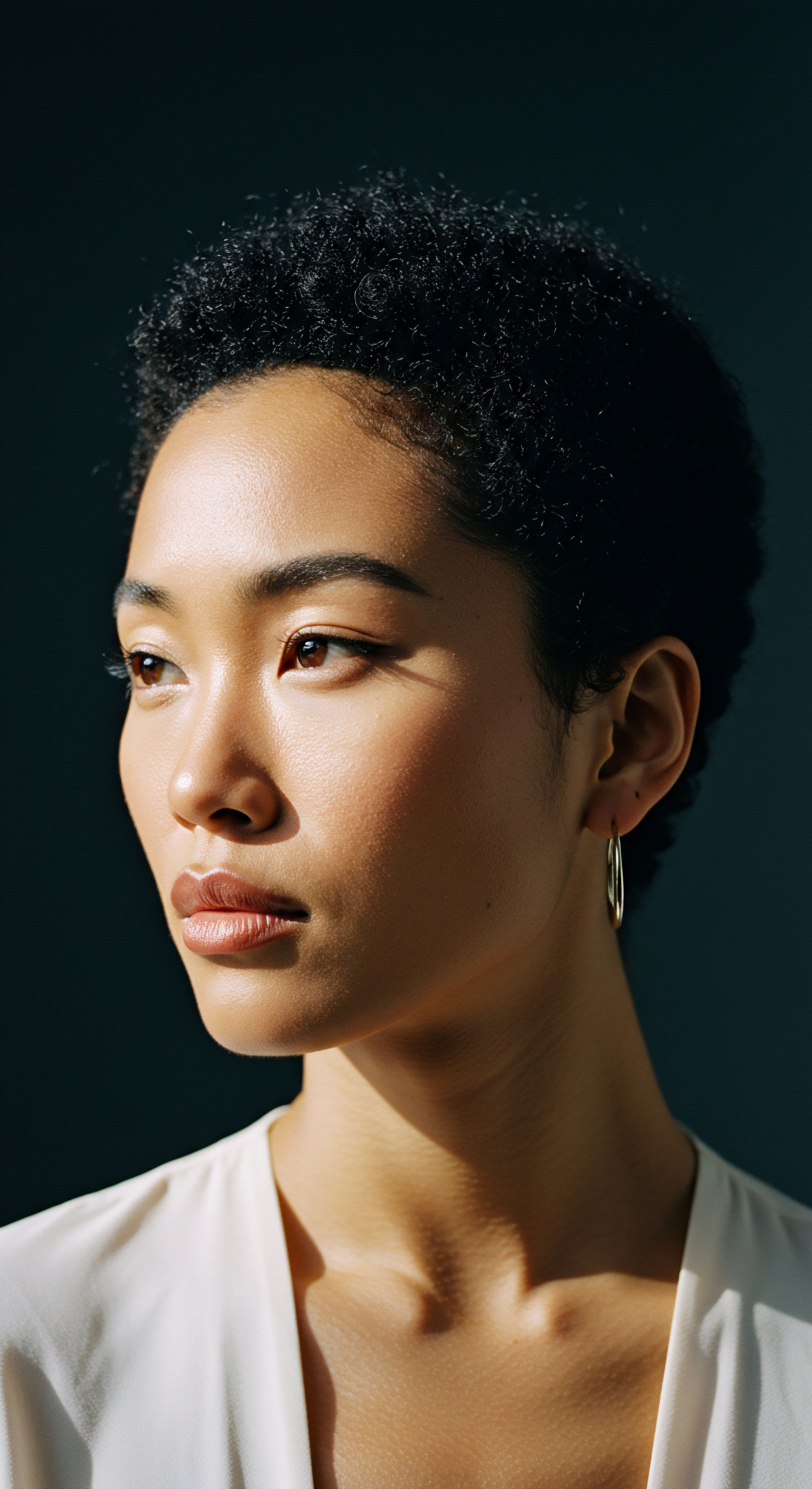
The Interplay of Culture, Science, and Hair Identity
The validation of ancient remedies extends beyond chemical analysis; it touches upon the cultural significance of hair and the identity it carries, especially within textured hair communities. Traditional practices were not merely about physical results; they were often communal, intergenerational, and deeply tied to self-perception. Modern science, in its pursuit of objective truth, must acknowledge this rich context.
For instance, the use of plants like Sweetgrass (Hierochloe odorata) by Native American tribes for hair rinses, aiming for a lustrous shine, speaks to an aesthetic and spiritual connection to hair that goes beyond simple cosmetic function. While modern laboratories might analyze the compounds that impart shine, the cultural value of the plant itself, symbolizing life’s growth, adds layers of meaning that scientific instruments cannot measure.
The rise in demand for “clean” and “natural” beauty products reflects a societal shift, perhaps a quiet yearning for the perceived safety and holistic approach of older ways. Consumers increasingly seek products with botanical extracts, viewing them as milder, non-toxic, and less likely to disrupt the hair and scalp’s natural balance. This consumer preference, driven by a blend of health consciousness and a desire for authenticity, acts as a powerful relay, encouraging more scientific investigation into the very remedies our ancestors relied upon.
The path ahead involves a respectful dialogue where scientific rigor meets cultural appreciation. It is about understanding that a traditional remedy’s efficacy might stem not from a single “magic bullet” compound, but from a complex synergy of plant constituents, application methods, and the holistic well-being fostered by the ritual itself. The science now has the tools to begin unraveling these complexities, offering a deeper, more comprehensive validation of the timeless wisdom held within ancient botanical hair remedies.
Modern research, by delving into cellular mechanisms and clinical outcomes, validates the profound effects of ancient botanical hair remedies, often revealing systemic connections beyond mere topical influence.
The exploration of phytochemicals, the natural compounds produced by plants, is central to this scientific validation. These compounds can range from polyphenols and flavonoids to terpenes and fatty acids, each with distinct biological activities. For example, Gingerol, an active compound in ginger, is believed to enhance blood flow to hair follicles, supporting hair development. This targeted scientific inquiry helps to explain the “why” behind the “what” of ancient practices, moving beyond simple observation to a more profound understanding of molecular interactions.
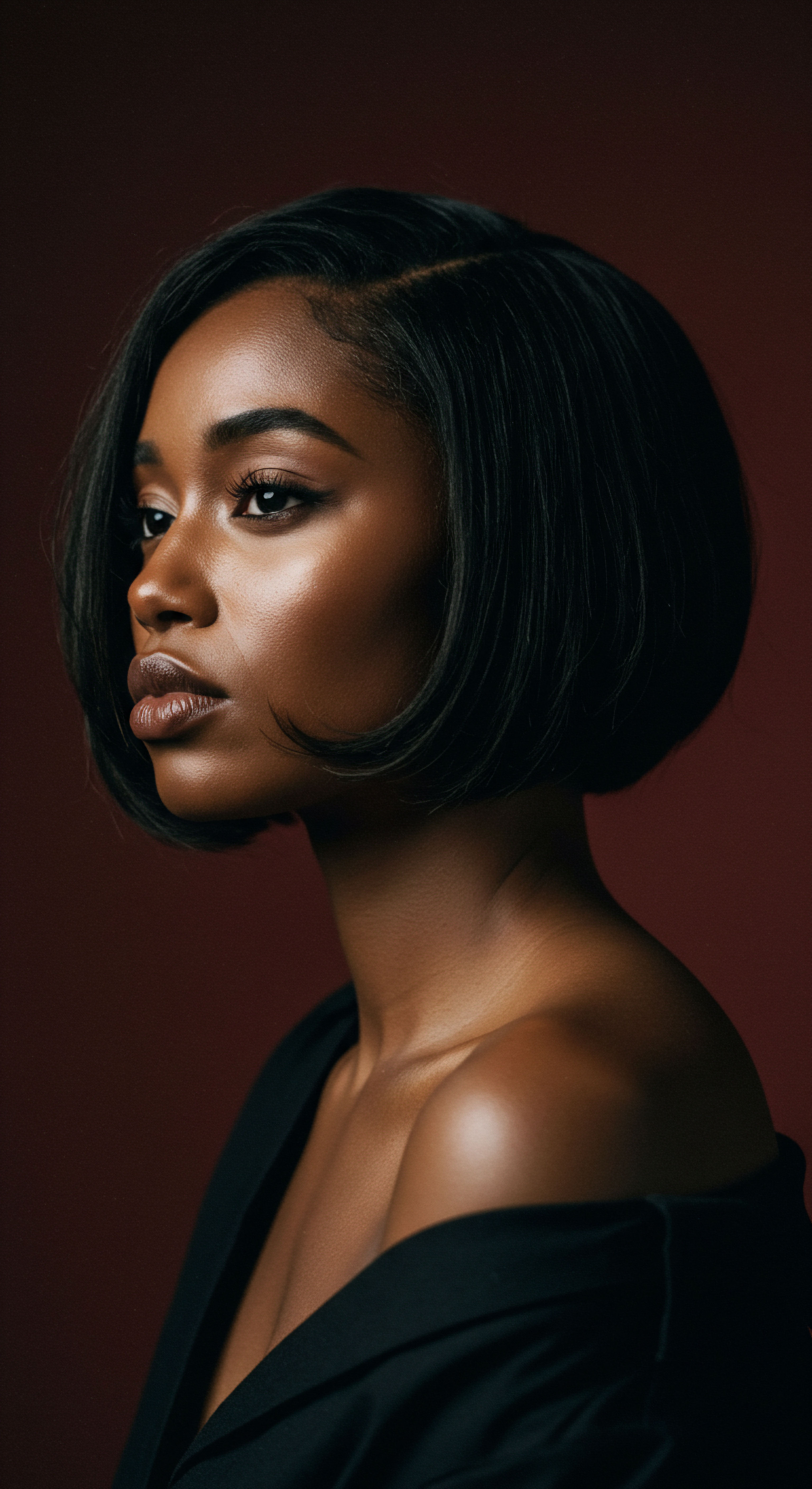
Reflection
The quiet conversation between the deep roots of ancient botanical wisdom and the probing gaze of modern science is more than an academic exercise; it is a profound journey into the enduring power of nature and human ingenuity. For textured hair, this dialogue holds a particular significance, as it illuminates pathways to care that honor both heritage and contemporary understanding. We see that the efficacy of remedies passed down through generations is not merely a matter of faith, but often rests upon a sophisticated interplay of plant chemistry, physiological response, and the nurturing touch of consistent ritual.
As we move forward, the aim is not to replace ancient knowledge with scientific data, but to enrich it, to understand its subtle workings, and to build a future for hair wellness that is both deeply grounded in tradition and brightly illuminated by discovery. This unfolding narrative reminds us that true progress often lies in listening to the whispers of the past, even as we reach for the innovations of tomorrow.
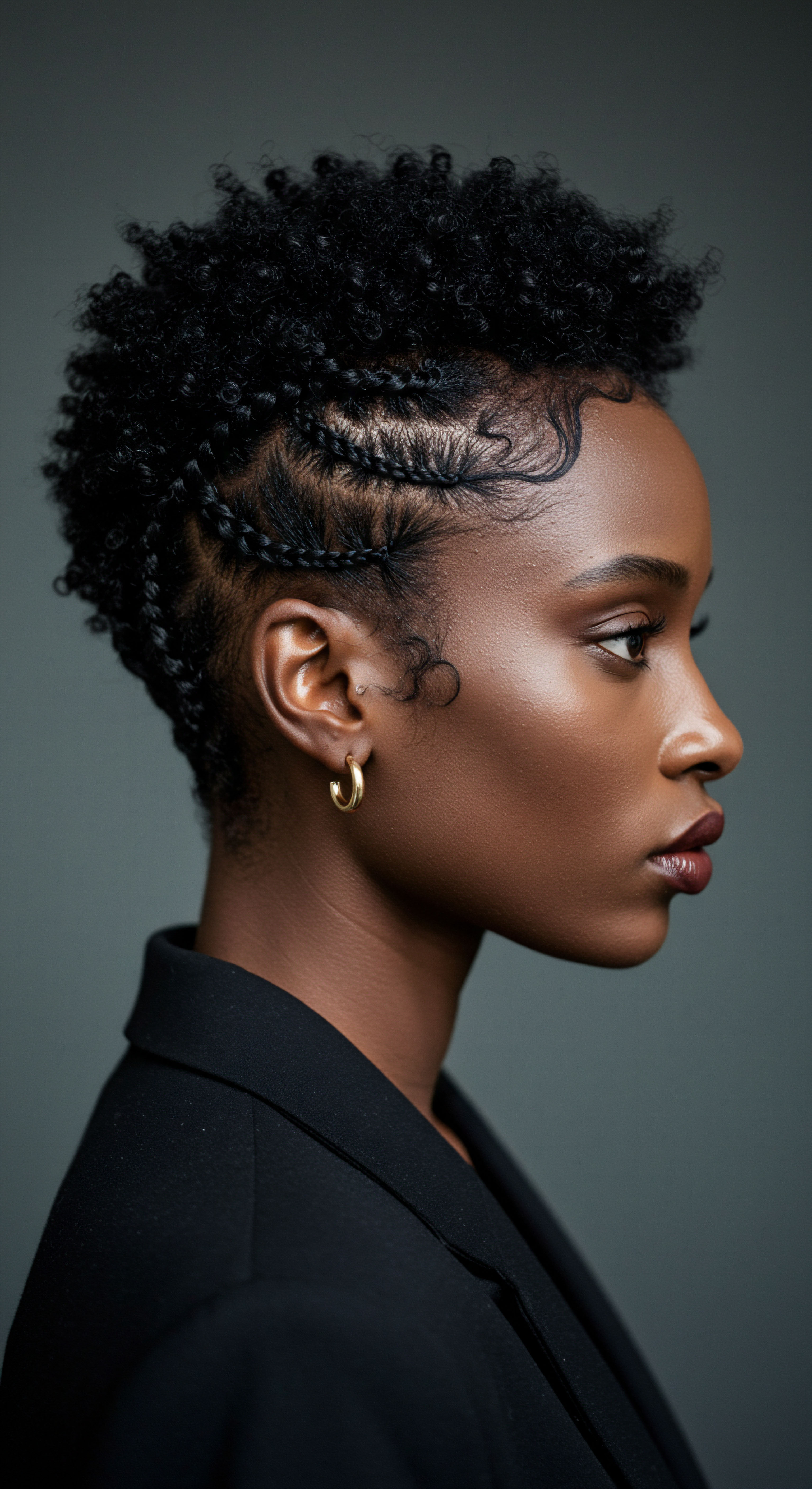
References
- 1. Hasan, M. A. & Ahmad, S. (2023). Natural alternatives from your garden for hair care ❉ Revisiting the benefits of tropical herbs. Heliyon, 9(12), e21876.
- 2. Choi, B. Y. (2018). Hair-growth potential of ginseng and its major metabolites ❉ A review on its molecular mechanisms. International Journal of Molecular Sciences, 19(9), 2703.
- 3. Panahi, Y. Taghizadeh, A. Marzony, E. T. & Sahebkar, A. (2015). Rosemary oil versus minoxidil 2% for the treatment of androgenetic alopecia ❉ A randomized comparative trial. Skinmed, 13(1), 15-21.
- 4. Shin, Y. K. Kim, J. H. & Kim, Y. C. (2024). Can Plant Extracts Help Prevent Hair Loss or Promote Hair Growth? A Review Comparing Their Therapeutic Efficacies, Phytochemical Components, and Modulatory Targets. Molecules, 29(10), 2288.
- 5. Singh, N. Pandey, M. K. Sharma, A. & Prakash, J. (2014). Indian medicinal plants ❉ For hair care and cosmetics. World Journal of Pharmaceutical Sciences, 2(11), 1552-1556.
- 6. Zaid, S. S. & Zaid, A. (2021). Modulation of Hair Growth Promoting Effect by Natural Products. Cosmetics, 8(4), 108.
- 7. Oh, G. N. & Son, S. W. (2012). Efficacy of Korean Red Ginseng in the Treatment of Alopecia Areata. Journal of Ginseng Research, 36(4), 391-395.
- 8. Mamada, A. et al. (2012). Long-term effects of scalp lotion containing eucalyptus extract on hair elasticity and gloss intensity. Journal of Cosmetic Science, 63(1), 1-10.
- 9. Rossi, A. et al. (2012). Comparitive effectiveness of finasteride vs Serenoa repens in male androgenetic alopecia ❉ A two-year study. International Journal of Immunopathology and Pharmacology, 25(4), 1167-1173.
- 10. Cohen, J. (2012). 9 Bizarre Baldness Cures. History.com.
- 11. Hosny, K. M. et al. (2021). Preparation and evaluation of rosemary oil nanoemulsion for hair growth. Journal of Drug Delivery Science and Technology, 63, 102488.
- 12. Wuthi-Udomlert, M. et al. (2011). Inhibitory effect of formulated lemongrass shampoo on Malassezia furfur ❉ a yeast associated with dandruff. Southeast Asian Journal of Tropical Medicine and Public Health, 42(2), 363-369.
- 13. Patra, S. K. & Sharma, A. (2025). The Ancient Wisdom of Ayurvedic Hair Care ❉ A Journey Through Time with HerbOcean Hair Oil. Roshni Botanicals.
- 14. Roy, R. & Singh, S. K. (2025). Enhancing hair growth through phytochemicals ❉ mechanisms, supporting evidence, and future directions. Oxford Academic.
- 15. Sumit, K. Swarankar, V. Sharma, S. & Baldi, A. (2014). Herbal Cosmetics ❉ Used for Skin and Hair. Inventi Rapid ❉ Herbal Cosmetics.